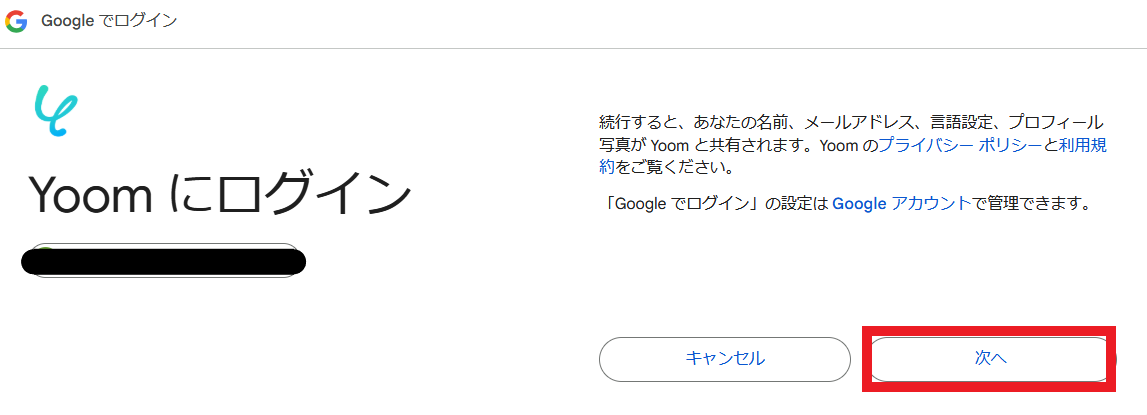The integration flow is broadly created through the following processes.
- Register Google Sheets and Xero as My Apps
- Set up a trigger to activate when a row is added in Google Sheets
- Configure settings to create an invoice in Xero
- Test and verify
Step 1: Integrate Google Sheets and Xero as My Apps
First, log in to your Yoom account.
If you do not have an account, please create one on the Yoom account creation page.
1. Click on My Apps and then click on New Connection.

2. You can search by app name in the input field.
This time, search for and register both Google Sheets and Xero.

Register Google Sheets as My App
First, let's register from Google Sheets. Enter Google Sheets in the input field, and the Google Sheets icon will appear, so click the icon.
1. The following screen will appear.
Click "Sign in with Google".

2. Select the account to integrate.

3. Review the content and click "Next".

4. Review the content and click "Continue".
This completes the registration of Google Sheets as My App.

Register Xero as My App
Similarly, search for Xero and click the icon.
1. The Xero login screen will appear. Log in with the account you want to integrate.

This completes the registration of Google Sheets and Xero as My Apps.
Once the registration is successful, the following screen will appear.
Check if the icons for Google Sheets and Xero are displayed on the My Apps screen.

For more detailed information about Yoom, please check the Yoom Help Center.
Select a Template and Prepare the Storage Location
Click "Try it" from the link below.














.avif)

















.avif)








